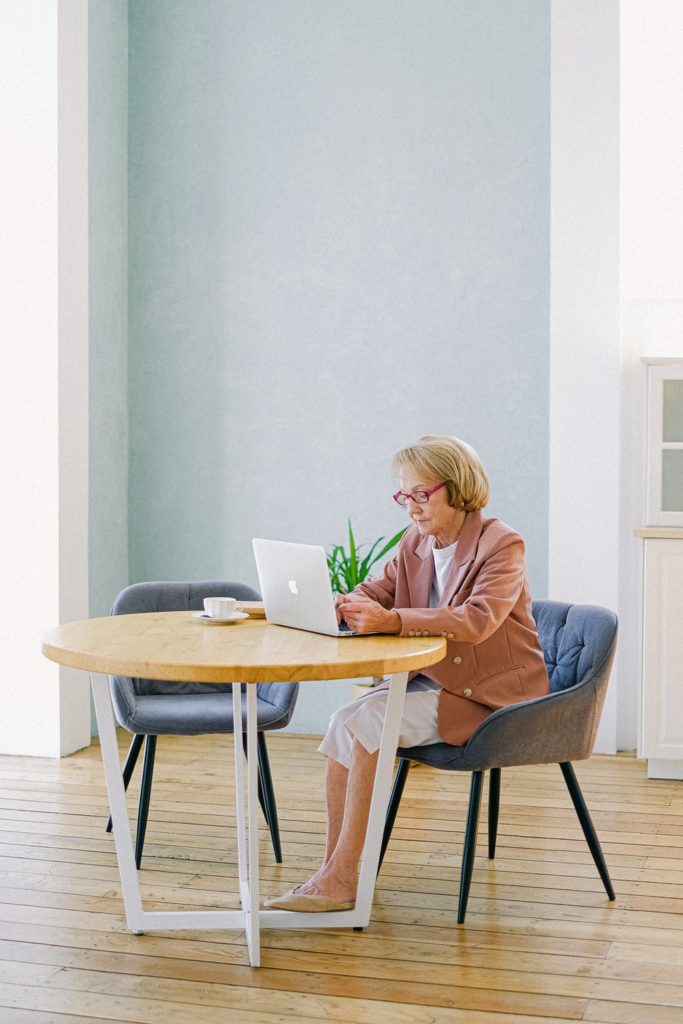Technology has decreased loneliness among seniors, according to the American Psychological Association (APA). This is great news for the 27% of seniors in the U.S. who live alone. But to age in place successfully, you need to team up social technology with smart devices. Here are the ones that make the biggest difference to seniors.
Medication dispensers

55% of aging individuals don’t take their medication as prescribed, according to the Department of Health and Human Services. Regardless of whether they’re taking too much, not enough, or no medication at all, it’s a big risk to their health. Smart medication dispensers ensure that the correct medication is given to the patient at the touch of the button. They even organize and schedule the next dosage. This technology links up to apps that can be downloaded by a family member or caregiver. If a dosage is skipped, a notification will be sent alerting the individual to take action.
Home safety
A review of senior housing found that 65% had at least one safety issue within their home. Smart technology can make these homes safer, though. For example, smart home locks mean seniors don’t have to worry about keys or forgetting to secure their home when they’re out as they lock automatically. Smart lighting in a senior’s property can be set so that it comes on at certain times. This decreases the chance of a fall or injury. They can also be turned on and off remotely to help keep energy bills down. Energy bills are sky-high at the moment and seniors often go without to save themselves money. But as this poses a risk to their health, it’s good that smart technology can be used to keep costs to a minimum.
Emergency response systems
Around 55% of senior falls happen in the home. Research has found that 80% of seniors can’t get up unassisted after a fall. Emergency response systems have been used for years by vulnerable people and involve individuals pressing a button when they need assistance. But smart technology has made these devices handier than ever. Sensors are now built into this tech which detects when the wearer has fallen over. An alert is then triggered to an emergency call center so help can be dispatched instantly. This keeps all seniors safe in their homes and ensures all falls, no matter how minor or serious, are attended to.
Most seniors wish to age in place. Today’s smart technology makes this easier and safer than ever and should be used in as many parts of the home as possible.

